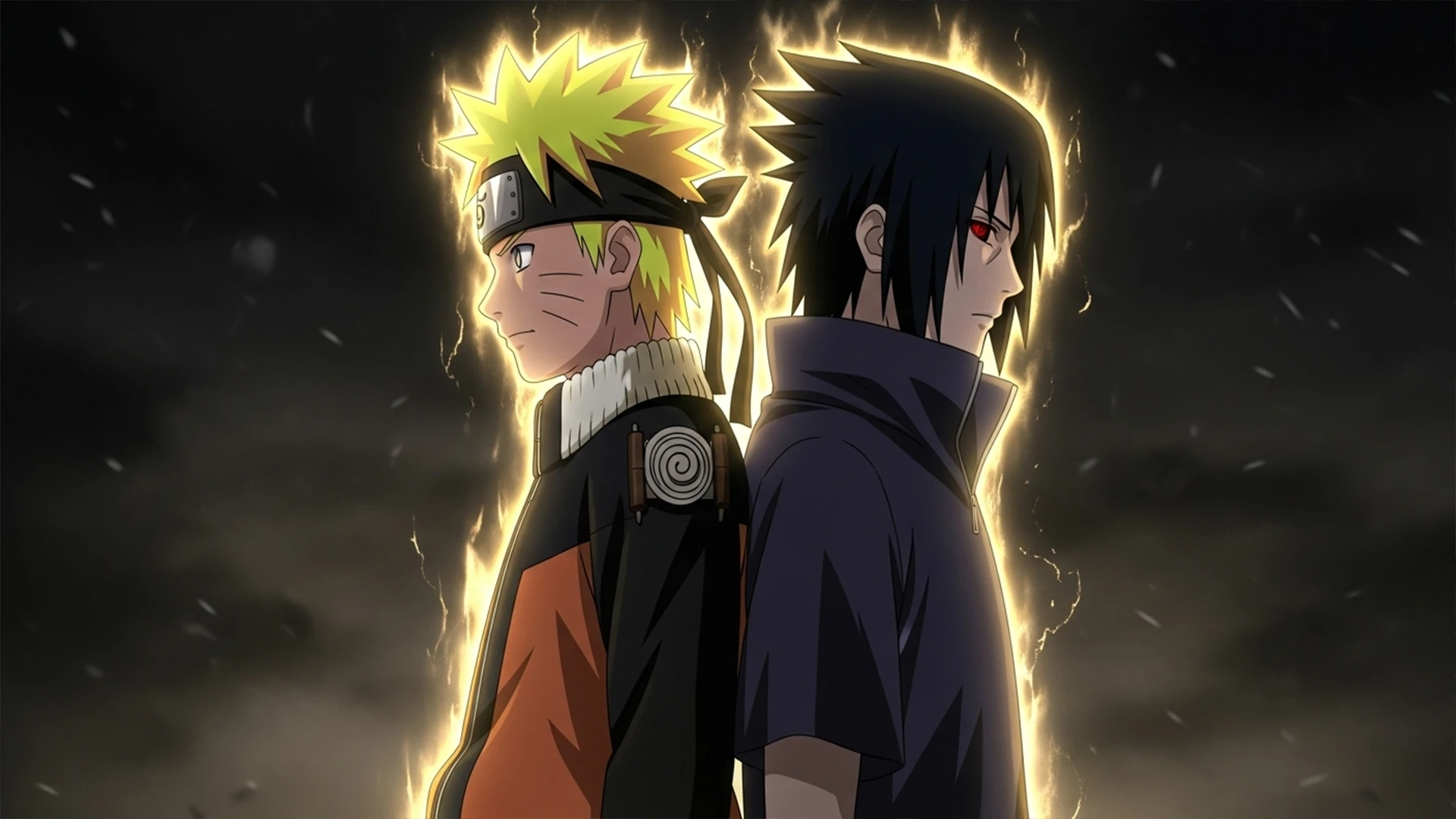
Shonen manga and anime are globally beloved for their action, adventure, and strong emphasis on friendship and perseverance. A significant part of their enduring appeal lies in their well-defined character archetypes. While each series adds its unique flair, these foundational roles provide a relatable framework that audiences instantly recognize and connect with.
Let's dive into some of the most prominent character archetypes you'll find repeatedly defining the heart and soul of shonen storytelling.
The Hot-Headed Protagonist (The "Goku" Archetype)
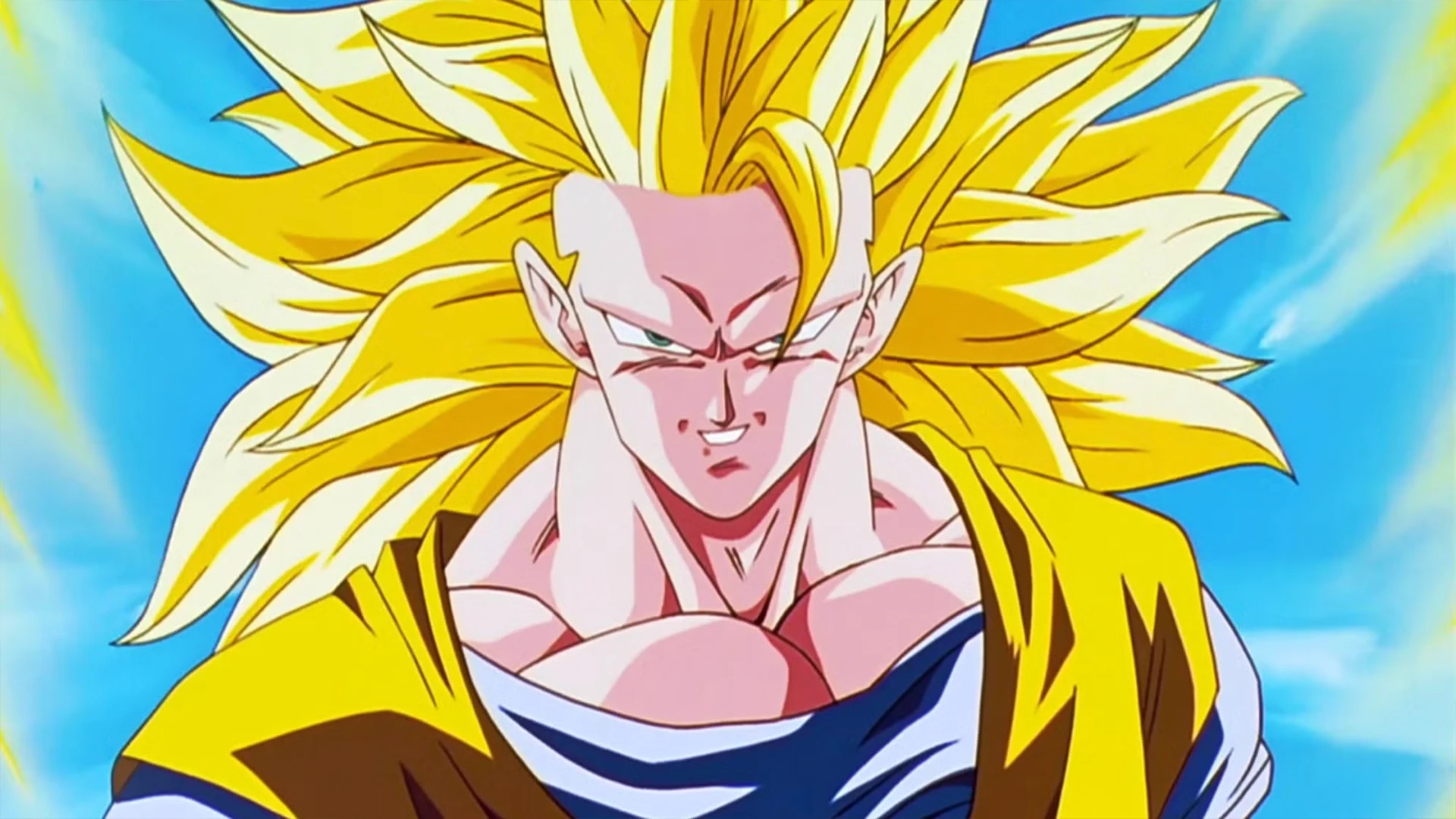
This is perhaps the most iconic shonen archetype. Characterized by boundless energy, a simple but unwavering moral compass, and an often naive but pure desire to become the strongest or achieve a grand dream. They tend to be a bit dense but possess incredible determination and a talent for making friends (and rivals).
Examples:
- Goku (Dragon Ball): The quintessential example. His pure fighting spirit and love for food define him.
- Naruto Uzumaki (Naruto): Loud, ramen-loving, and determined to become Hokage despite being an outcast.
- Monkey D. Luffy (One Piece): Always smiling, simple-minded, yet fiercely loyal and ambitious to become Pirate King.
- Asta (Black Clover): The loud, magic-less boy who dreams of becoming the Wizard King through sheer grit.
The Stoic Rival (The "Vegeta" Archetype)
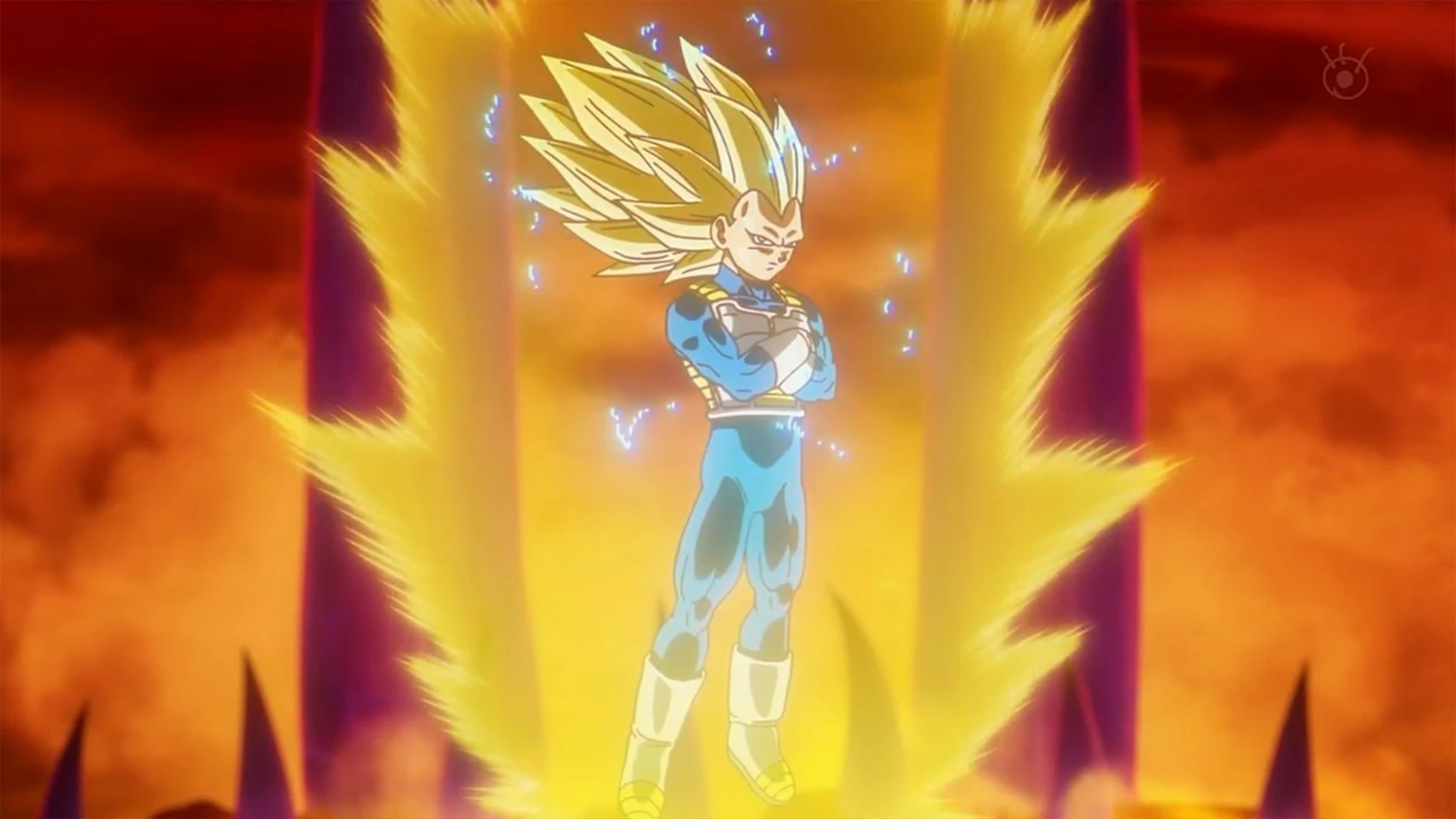
Every hot-headed protagonist needs a cool, often brooding rival. This character usually starts as an antagonist or an intense competitor, driven by their own ambition, pride, or a dark past. They push the protagonist to grow and often develop into complex anti-heroes or even allies.
Examples:
- Vegeta (Dragon Ball): Goku's ultimate rival, initially ruthless, but slowly develops a complex pride and affection for his family.
- Sasuke Uchiha (Naruto): Driven by revenge, he constantly challenges Naruto and grapples with his own dark path.
- Roronoa Zoro (One Piece): While loyal to Luffy, he's intensely focused on his own goal of becoming the world's greatest swordsman.
- Katsuki Bakugo (My Hero Academia): Explosive and arrogant, he sees Izuku as a nuisance but secretly acknowledges his growth.
The Wise/Eccentric Mentor (The "Jiraiya" Archetype)
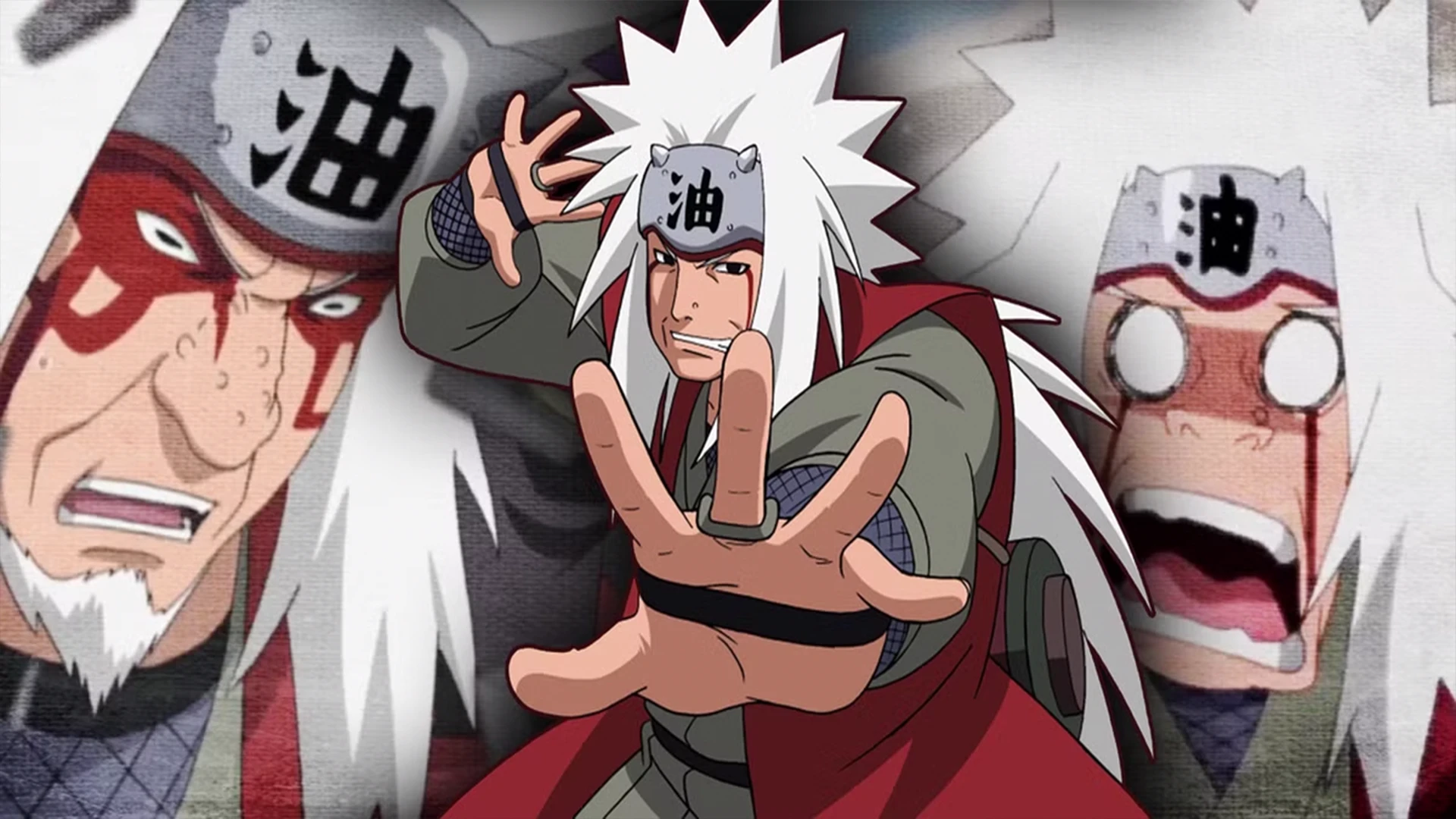
These characters guide the protagonist, teaching them essential skills, life lessons, and often revealing deeper truths about the world. They can be perverted, goofy, or seemingly lazy, but always prove to be immensely powerful and wise when it counts.
Examples:
- Jiraiya (Naruto): The legendary Sannin, a perverted but deeply caring mentor to Naruto.
- Master Roshi (Dragon Ball): Goku's first martial arts teacher, old, lecherous, but surprisingly powerful.
- All Might (My Hero Academia): The Symbol of Peace, who takes Izuku under his wing as the inheritor of One For All.
- Koro-sensei (Assassination Classroom): The super-powered alien teacher who trains a class of students to assassinate him.
The Compassionate Healer/Support (The "Sakura" Archetype)
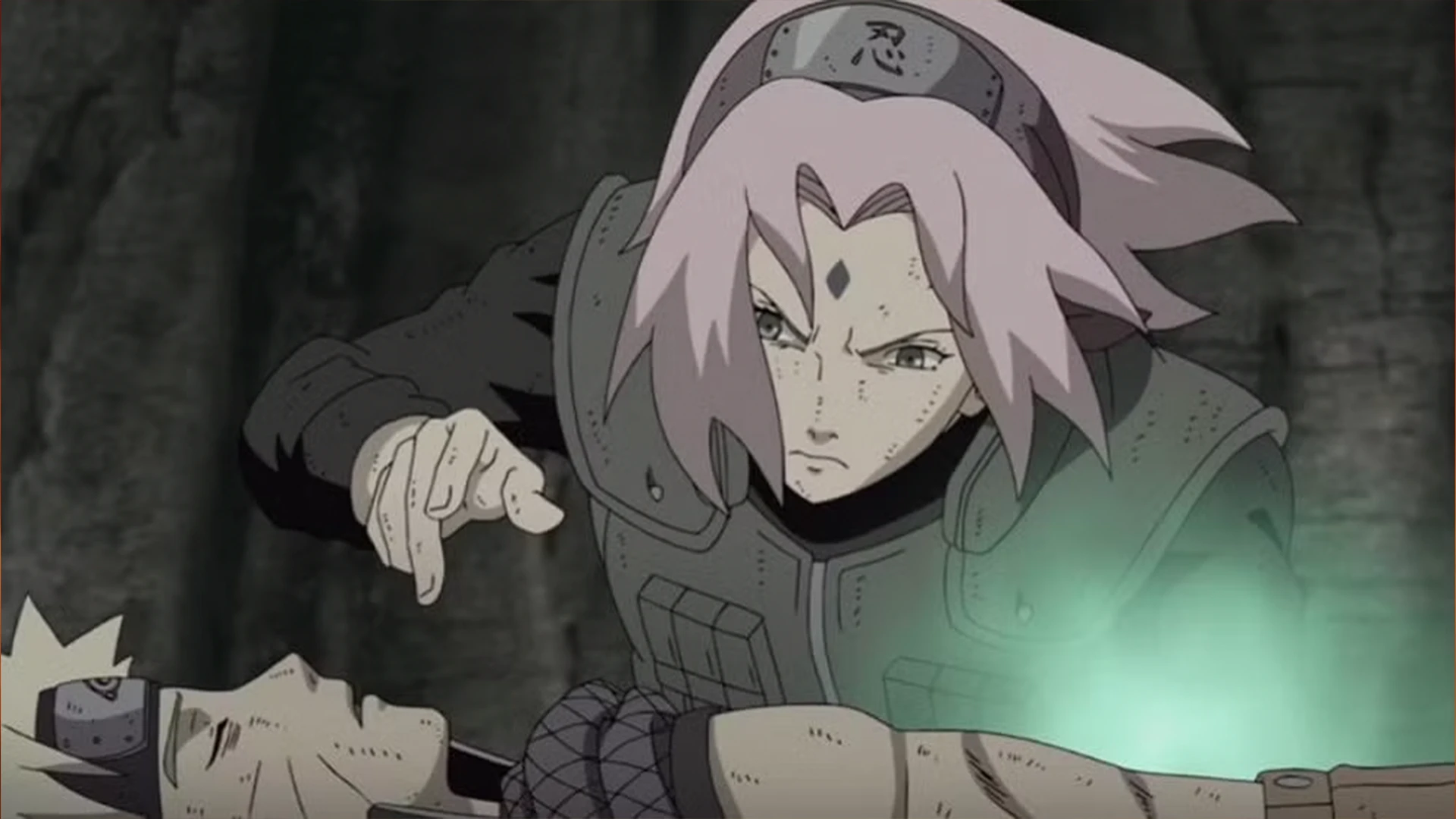
Often female, this character provides crucial emotional and practical support. They might start as weaker members but grow significantly, often specializing in healing, strategy, or unique support abilities. They are the emotional anchor for the group.
Examples:
- Sakura Haruno (Naruto): Initially focused on Sasuke, she trains to become a powerful medical ninja.
- Orihime Inoue (Bleach): Known for her healing and defensive abilities, she is fiercely loyal to her friends.
- Wendy Marvell (Fairy Tail): The Sky Dragon Slayer, primarily focused on healing and support magic.
- Ochaco Uraraka (My Hero Academia): Kind-hearted and supportive, her Zero Gravity Quirk often aids her classmates in creative ways.
Beyond the Archetype
While these archetypes provide a recognizable foundation, the best shonen series continually subvert, evolve, and combine these roles, giving us multi-dimensional characters that resonate long after the final chapter. They are a testament to the power of well-crafted character dynamics in storytelling.